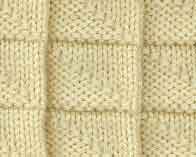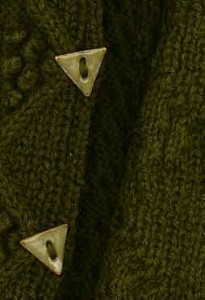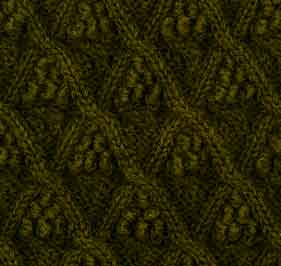This article was written by our company many years ago. We feel it has valuable information though some of the references may be dated.
Gauge and the American Knitting Needle
 Gauge is a subject we are all familiar with in our knitting. In knitting, gauge refers to the process by which the right size needle is chosen for each yarn we use in order to obtain a knitted fabric with proper characteristics.
Gauge is a subject we are all familiar with in our knitting. In knitting, gauge refers to the process by which the right size needle is chosen for each yarn we use in order to obtain a knitted fabric with proper characteristics.
From the knitting needle manufacturer’s point of view, it is a curious matter figuring out how and why American standard gauge has evolved.
The United States Bureau of Standards has no existing standard on record for measuring American knitting needles and crochet hooks. If you measure a US size 6 knitting needle from Boye, for example, next to one from Susan Bates, Clover, Brittany or Bernat you would not necessarily come up with any two which are exactly equal in diameter. We have no explanation for why this is or how American gauge began except that possibly the die cutting tools available when metal needles were originally bein g produced probably determined the sizes which were offered.
g produced probably determined the sizes which were offered.
As the US became more aware of metric dimensions with the influx of wonderful European pattern support, we knitters were offered needle size conversion charts to convert metric sizes to the nearest American equivalent. anyone looking at one of these charts quickly realizes how many more fine definitions of sizing there are in the metric range. Also, initially, some needle manufactures only approximated the conversion to metric, an odd idea since metric is a standard of measurement in itself — there is no approximating about it. Others only imported the metric sizes which equaled american sizes, thus depriving the knitter from many more size choices. How to cope? Well many knitters converted to using metric measurement, dropping any need for a translator to American needle sizes. Others cling to the conversion chart for the closest possible American needle. But if your gauge just cries out for one more step between a 10.5 and an 11 American needle, why not have it? You can with metric, in fact, there are two steps between a 6.5mm (10 1/2 US) and an 8.0mm (11 US), and they make perfect sense because they exist as 7.0mm and 7.5mm.
Metrics are (1) accurately sized, (2) afford finer steps in obtaining knitted gauge, and (3) are easier to use with the current European patterns.
Since we realize that our American knitters, used to thinking in American sizes, should not have to learn a new language, we have marked Brittany needles with both size schemes: US and metric.
We have in the past, and will continue, to work very hard to provide exact and consistent measurements for American knitting needle sizes. If you want to know the real size of a needle, measure it with a metric tool and compare to Brittany.
We have recently adjusted our sizes to more closely follow other needle manufacturers conversion of metric sizes to the US system. Remember that metric sizes are just that, exact measurements. It’s the best way to choose your needles. The application of a US “size” is still random and inexact. It would actually be better for everyone if we all used metric only, and left off the US marks.
